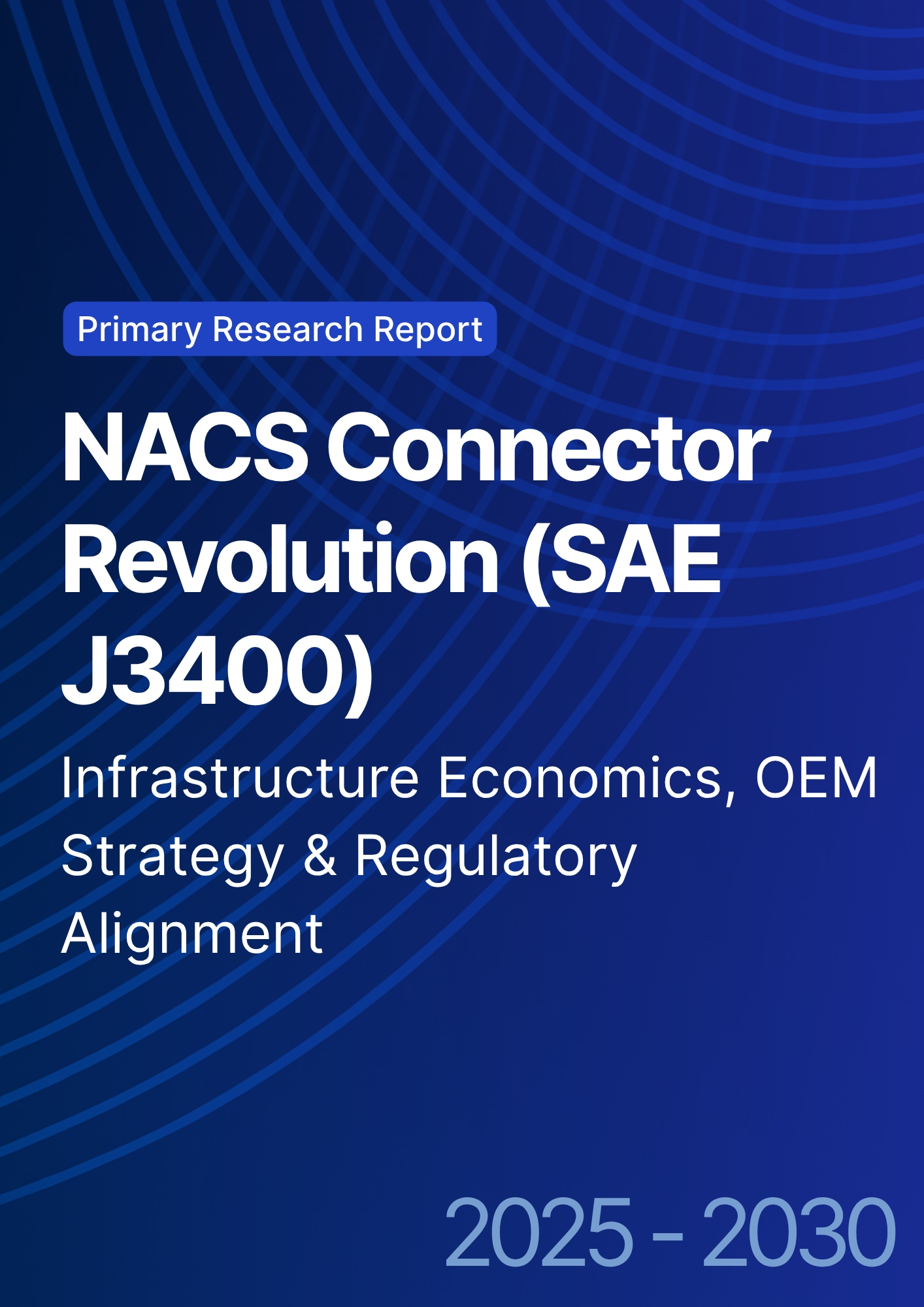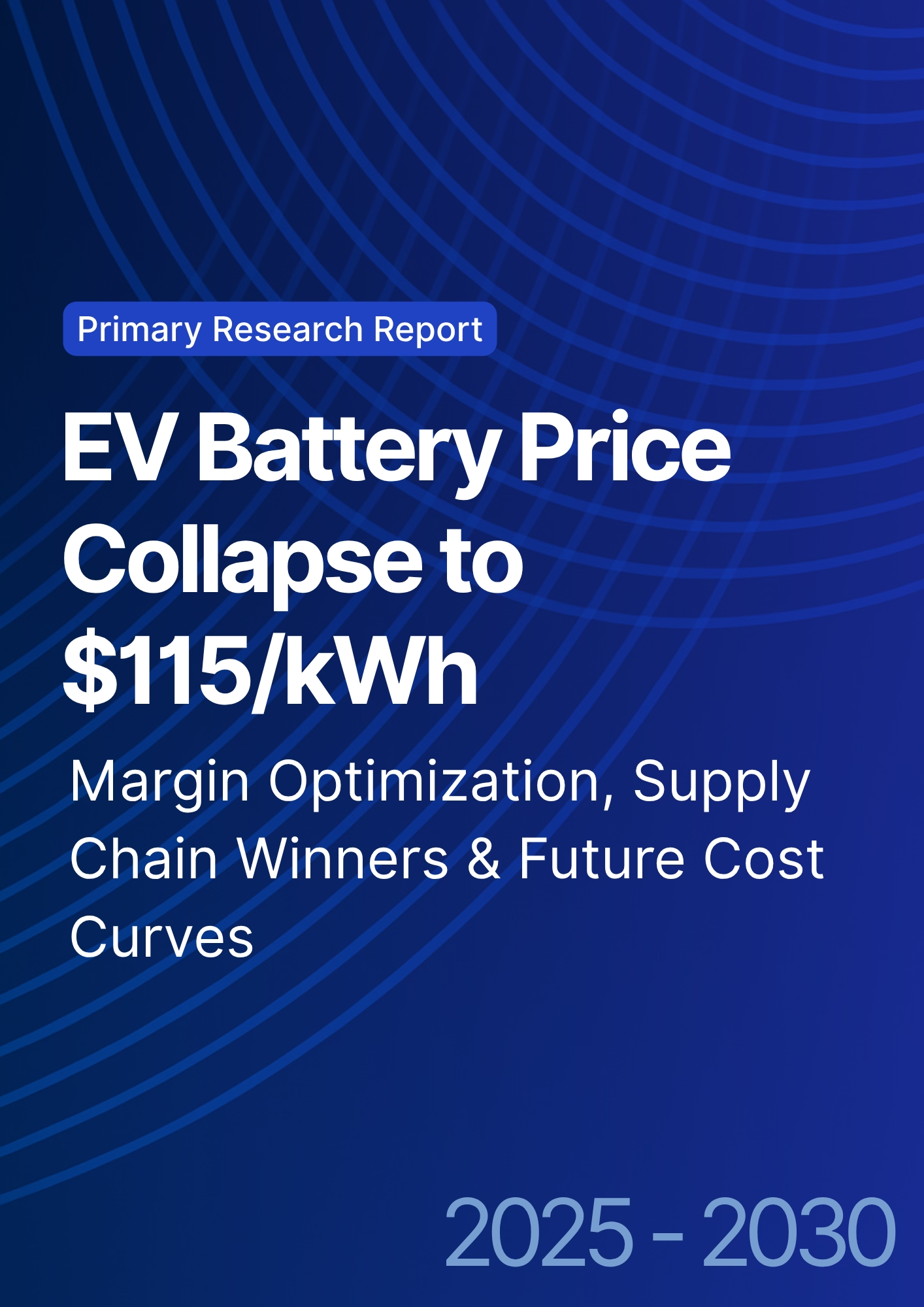

68 Circular Road, #02-01 049422, Singapore
Revenue Tower, Scbd, Jakarta 12190, Indonesia
4th Floor, Pinnacle Business Park, Andheri East, Mumbai, 400093
Cinnabar Hills, Embassy Golf Links Business Park, Bengaluru, Karnataka 560071
Connect With Us
Green Ammonia Bunkering and Marine Fuel Infrastructure: Port Readiness & Safety Protocol Standardization
The transition to green ammonia as a marine fuel is poised to accelerate between 2025 and 2030, with European ports, particularly in Belgium, the Netherlands, and the UK, at the forefront of this shift. The global demand for zero-emission fuel sources is expected to grow rapidly as part of the decarbonization goals of the maritime industry. Green ammonia, derived from renewable energy sources, offers a promising solution to replace conventional marine fuels such as heavy fuel oil (HFO) and LNG. Between 2025 and 2030, port readiness for green ammonia bunkering will be a critical factor for the expansion of this technology. Infrastructure investments in storage, fuel supply chains, and safety protocols will play an essential role in supporting the scaling of ammonia bunkering. The global investment landscape for green ammonia bunkering infrastructure will reach significant levels, with Belgium, the Netherlands, and Germany leading Europe’s efforts in port facilities, safety standardization, and fuel distribution systems.
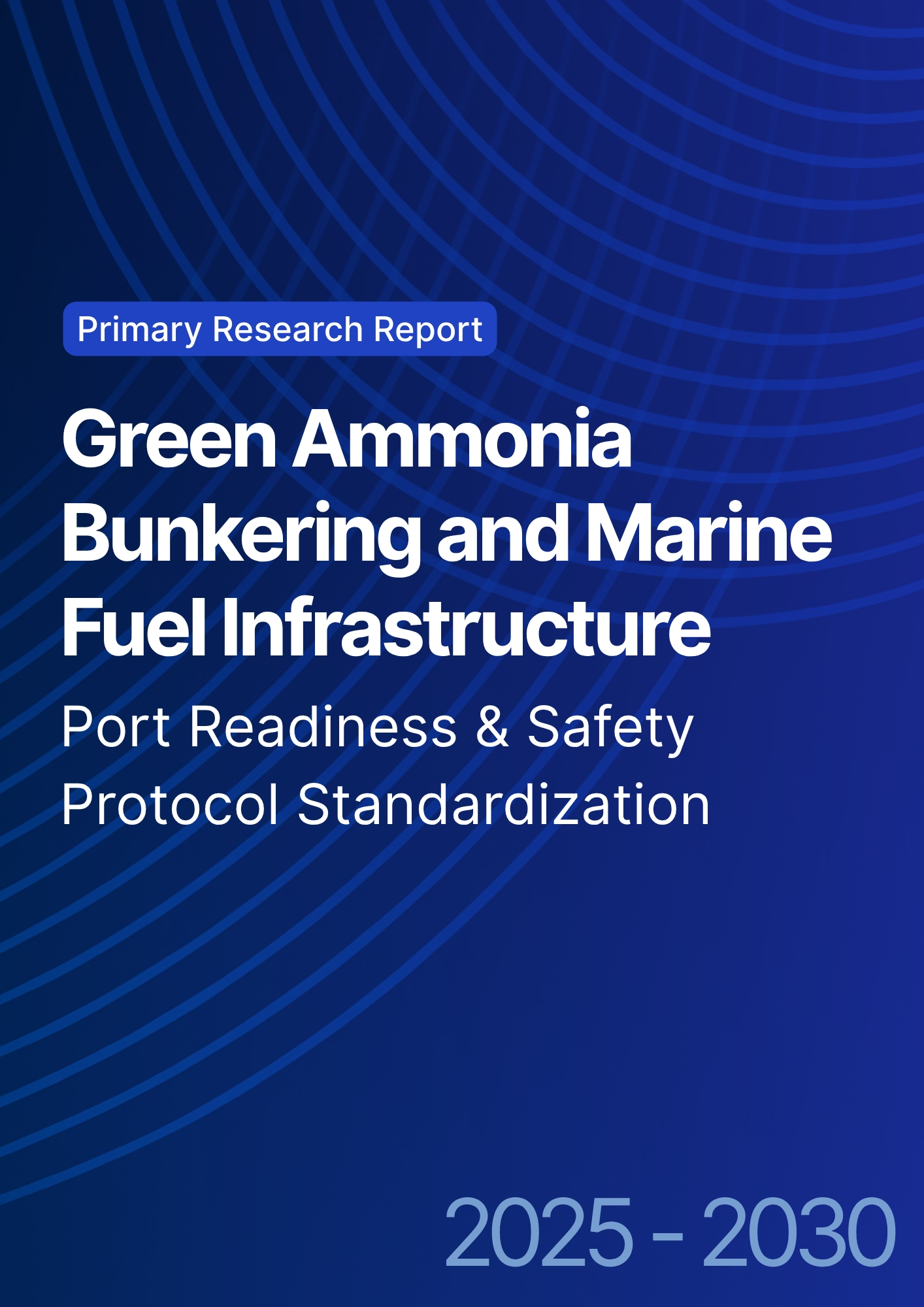
What's Covered?
Report Summary
Key Takeaways
1) Green ammonia bunkering capacity in Europe is expected to grow rapidly, with Belgium, Netherlands, and Germany leading.
2) By 2030, green ammonia will contribute to 5% of the marine fuel market in Europe.
3) Investment in green ammonia bunkering infrastructure will rise dramatically, driven by the need for port readiness and fuel distribution.
4) Safety protocol standardization across European ports will ensure safe handling and storage of green ammonia.
5) The demand for green ammonia will be driven by shipping decarbonization targets and the need for alternative marine fuels.
6) Hydrometallurgical innovations in ammonia production will reduce costs and improve efficiency in bunkering operations.
7) Green ammonia will reduce dependency on fossil fuels and enhance the sustainability of the maritime supply chain.
8) Belgium will play a key role in the development of green ammonia bunkering infrastructure, paving the way for broader European adoption.
Key Metrics

Market Size & Share
The green ammonia bunkering market in Europe will see significant growth by 2030, with key ports in Belgium and the Netherlands leading the way. By 2030, green ammonia bunkering capacity in Europe is expected to reach 3 million tonnes per year, with Belgium playing a central role in establishing the infrastructure necessary to handle green ammonia as a marine fuel. Investment in port facilities, fuel supply chains, and safety protocols will be crucial in achieving this growth. As the global demand for zero-emission fuel sources grows, the role of green ammonia in the maritime industry will become increasingly important. The integration of green ammonia into marine fuel infrastructure will support decarbonization targets for shipping and reduce reliance on traditional fossil fuels.

Market Analysis
The growth of green ammonia bunkering in Europe will be driven by both technological advancements and policy frameworks that support the transition to sustainable marine fuels. By 2030, the total investment in green ammonia infrastructure is expected to exceed 1.5 billion EUR, with a large share going toward the development of storage facilities, fuel supply chains, and safety equipment. Safety protocols and standardized handling procedures will become essential to ensure the safe and efficient operation of green ammonia bunkering facilities. The growth of this market is also aligned with decarbonization goals for the shipping sector, which will require the rapid scaling of alternative fuels like green ammonia. The storage and distribution of green ammonia will require a significant investment in new infrastructure and technology to ensure supply chain reliability and efficiency.
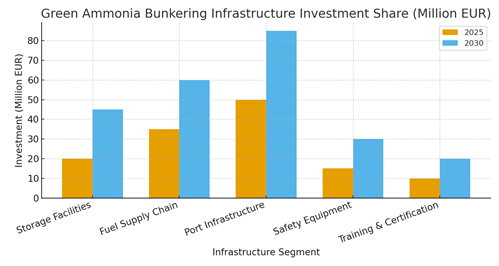
Trends & Insights (2025–2030)
• Green ammonia will become a critical fuel for maritime decarbonization by 2030, driven by shipping emission reduction targets.
• Belgium, the Netherlands, and the UK will lead Europe in green ammonia bunkering infrastructure development.
• Investments in green ammonia bunkering infrastructure will increase significantly, reaching over 1.5 billion EUR by 2030.
• Standardization of safety protocols and storage technologies will be critical for ensuring safe bunkering operations across ports.
• Hydrometallurgical processes will become more efficient, reducing the cost of ammonia production and increasing its competitiveness as a marine fuel.
• Policy frameworks and carbon pricing mechanisms will continue to support the transition to green ammonia in the maritime industry.
• The development of port facilities will be accelerated to accommodate the growing demand for green ammonia.
• Circular economy principles will drive the integration of green ammonia in the energy and maritime sectors.
Segment Analysis
• Ports & Port Authorities: Leading the development of green ammonia bunkering facilities, working with governments and industry players to meet maritime decarbonization goals.
• Shipping Companies: Early adopters of green ammonia fuel will seek bunkering opportunities in key ports like Belgium and the Netherlands.
• Fuel Suppliers: Companies involved in ammonia production and distribution will need to scale their operations to meet growing demand.
• Regulators: Regulatory bodies will establish standards and incentives to encourage the safe handling and use of green ammonia.
• Technology Providers: Companies developing storage, transport, and safety technologies will play a key role in the growth of the green ammonia bunkering market.
Geography Analysis (Belgium & Europe)
Belgium, with its strategic location in Europe and established port infrastructure, will play a key role in the development of green ammonia bunkering capacity. Ports in the Netherlands and Germany are also expected to become leaders in green ammonia bunkering, with a focus on regulatory frameworks and the integration of alternative fuel supply chains. Other European countries like the UK, Denmark, and Spain will also see significant growth in green ammonia bunkering capacity by 2030. The development of green ammonia bunkering will be supported by European policies and carbon reduction targets for shipping, along with a growing commitment to renewable energy and sustainability. As the demand for green ammonia grows, so will the need for safe and efficient bunkering infrastructure across European ports.
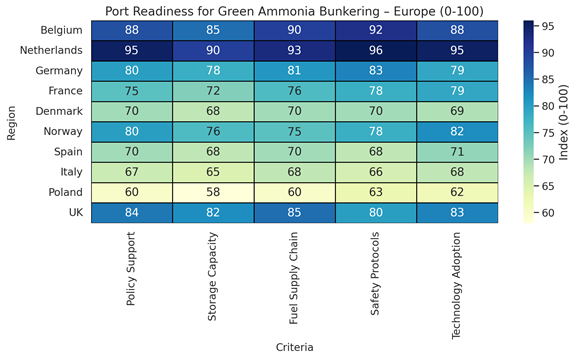
Competitive Landscape (Ecosystem & Delivery Models)
The green ammonia bunkering market will be driven by collaboration between ports, shipping companies, fuel producers, and technology providers. Leading players in the green ammonia supply chain include ammonia producers like Yara, Fertiberia, and CF Industries, as well as bunkering service providers that will support the logistics and storage of green ammonia at key ports. Collaborative models between these players will be critical to scaling green ammonia production and supply. The competitive landscape will also see the development of partnerships between ports and shipping companies to secure long-term fuel supply contracts. Players that focus on the full value chain from ammonia production and storage to safety protocol standardization will have a competitive edge in the market.
Report Details
Proceed To Buy
Want a More Customized Experience?
- Request a Customized Transcript: Submit your own questions or specify changes. We’ll conduct a new call with the industry expert, covering both the original and your additional questions. You’ll receive an updated report for a small fee over the standard price.
- Request a Direct Call with the Expert: If you prefer a live conversation, we can facilitate a call between you and the expert. After the call, you’ll get the full recording, a verbatim transcript, and continued platform access to query the content and more.


68 Circular Road, #02-01 049422, Singapore
Revenue Tower, Scbd, Jakarta 12190, Indonesia
4th Floor, Pinnacle Business Park, Andheri East, Mumbai, 400093
Cinnabar Hills, Embassy Golf Links Business Park, Bengaluru, Karnataka 560071
Request Custom Transcript
Related Transcripts
$ 1345
$ 1432
$ 1450


68 Circular Road, #02-01 049422, Singapore
Revenue Tower, Scbd, Jakarta 12190, Indonesia
4th Floor, Pinnacle Business Park, Andheri East, Mumbai, 400093
Cinnabar Hills, Embassy Golf Links Business Park, Bengaluru, Karnataka 560071







.png)
